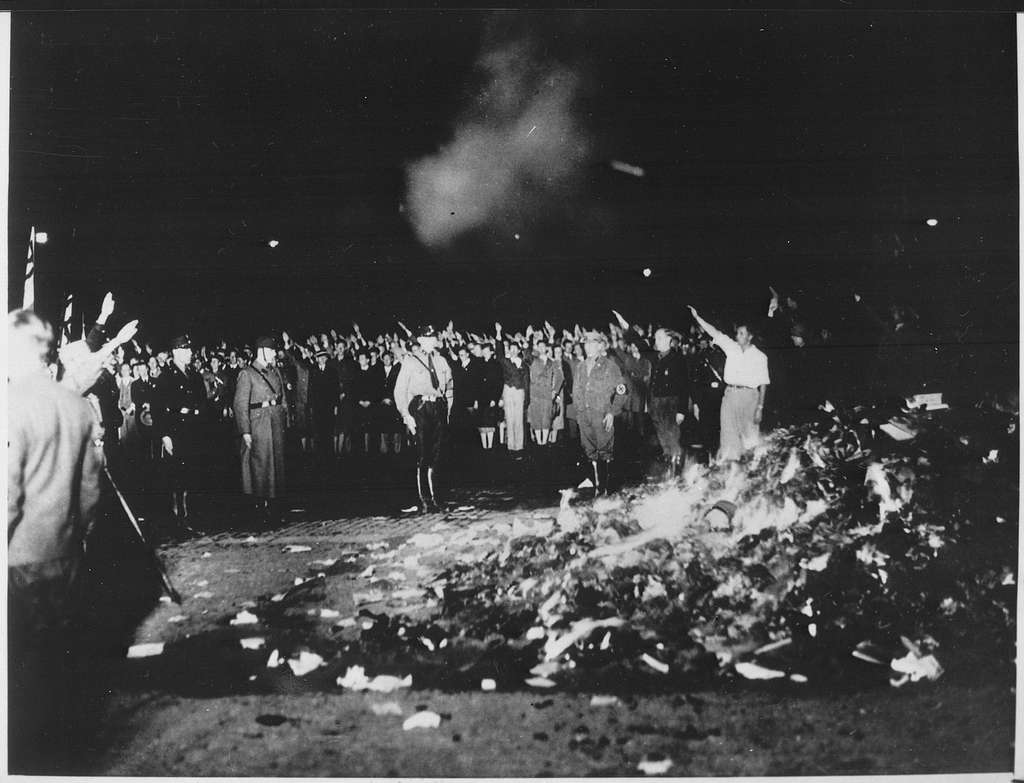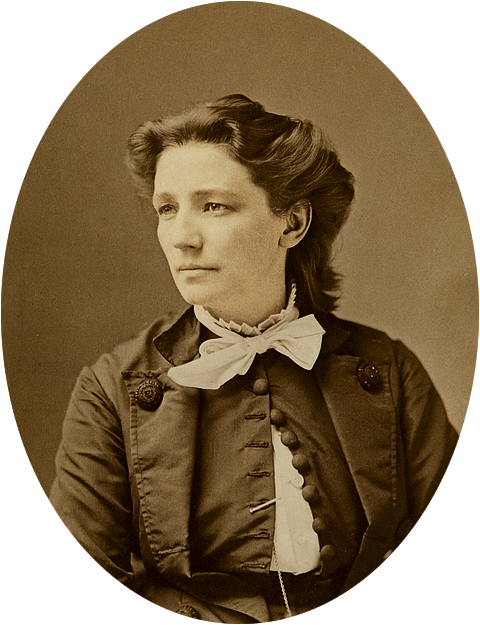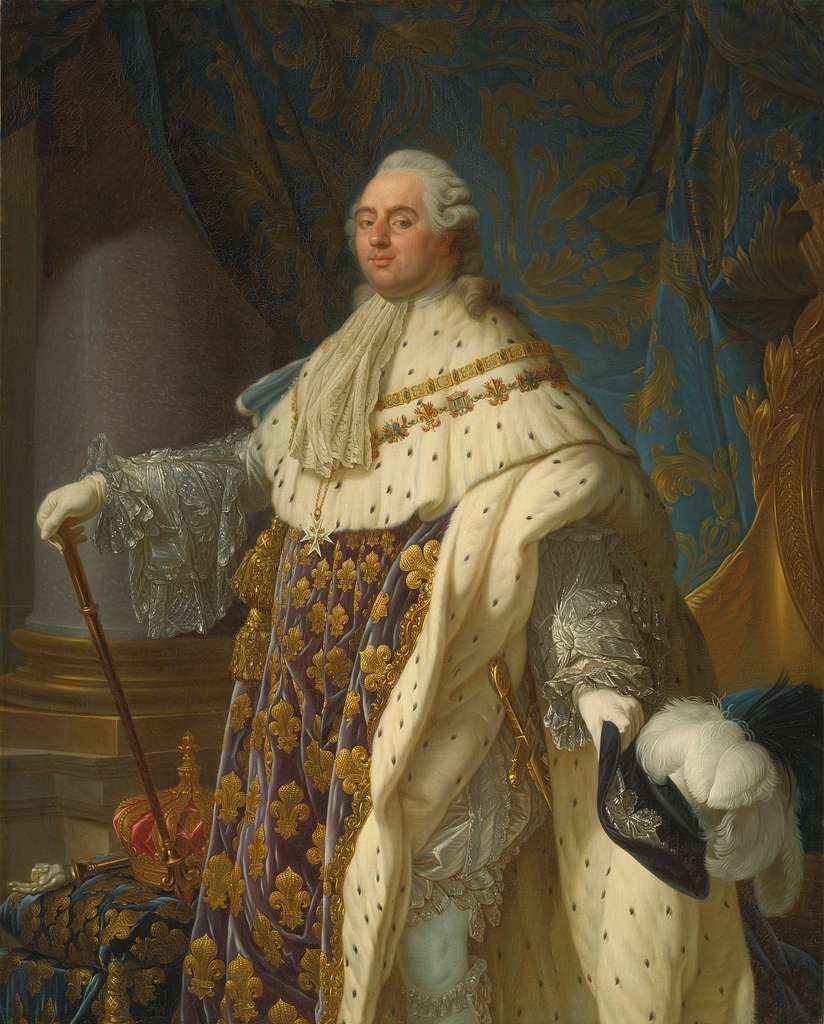A closer look at key historic events that took place on May 10:
In 1994, Nelson Mandela becomes President of South Africa
Mandela was inaugurated on May 10 as the country’s first black president following the first fully representative democratic election in South Africa’s history. The event marked the end of
apartheid and the beginning of a new era of democracy and reconciliation in South Africa.
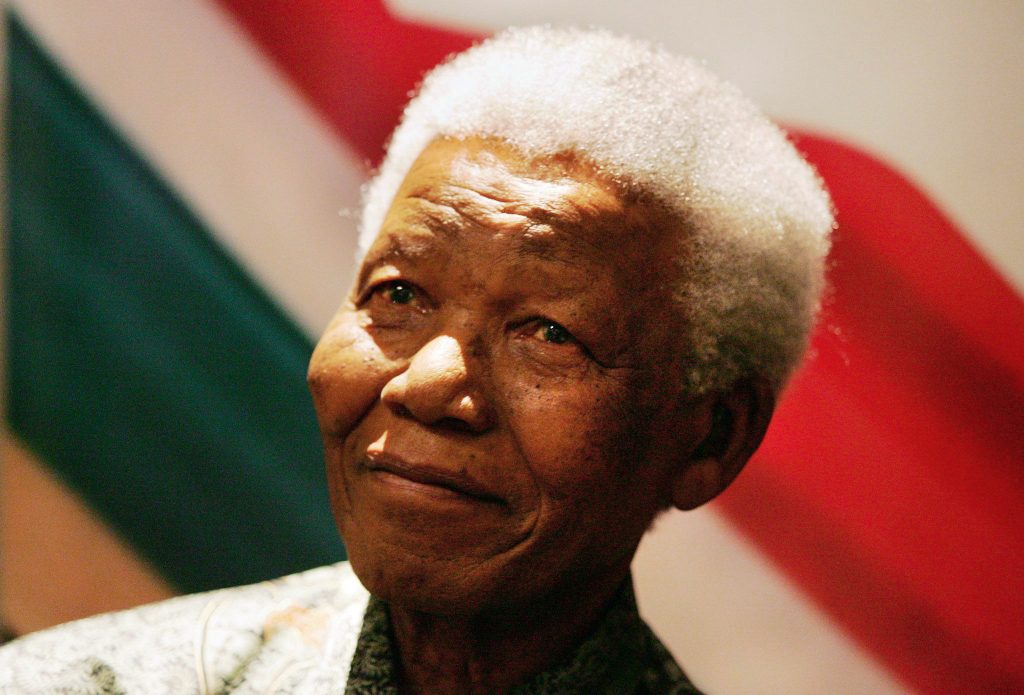
Former South African president Nelson Mandela during a press conference announcing the donation of ten limited-edition BMW three series cars donated to the Nelson Mandela Children’s Fund in Johannesburg, South Africa, 26 August 2004 (reissued 17 July 2018). EPA/JON HRUSA
In 1994, American serial killer John Wayne Gacy is executed Gacy, who was also known as the “Killer Clown”, as he was known for his performances as a clown at charitable events and children’s parties, was convicted of murdering at least 33 young men and boys in the Chicago area between 1972 and 1978. He was arrested in 1978 and later convicted of multiple counts of murder. He was executed by lethal injection on May 10 at the Stateville Correctional Center in Crest Hill, Illinois.
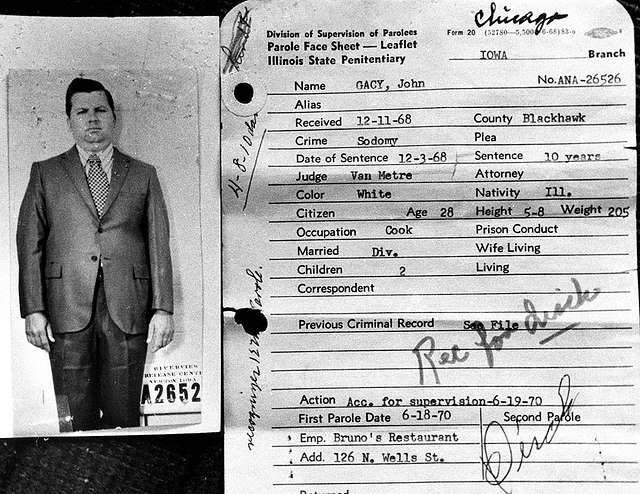
Serial killer John Wayne Gacy’s release paperwork from Iowa. Gacy was convicted on sodomy charges in 1968 but was released on parole in 1970. Wikimedia Commons
In 1940, Germany invades Belgium, Luxembourg, and the Netherlands
This invasion was part of the larger German military campaign in Western Europe, known as the
Battle of France. The swift German advance through these three neutral countries eventually led to the fall of France in June 1940 and the occupation of much of Western Europe by Nazi Germany.
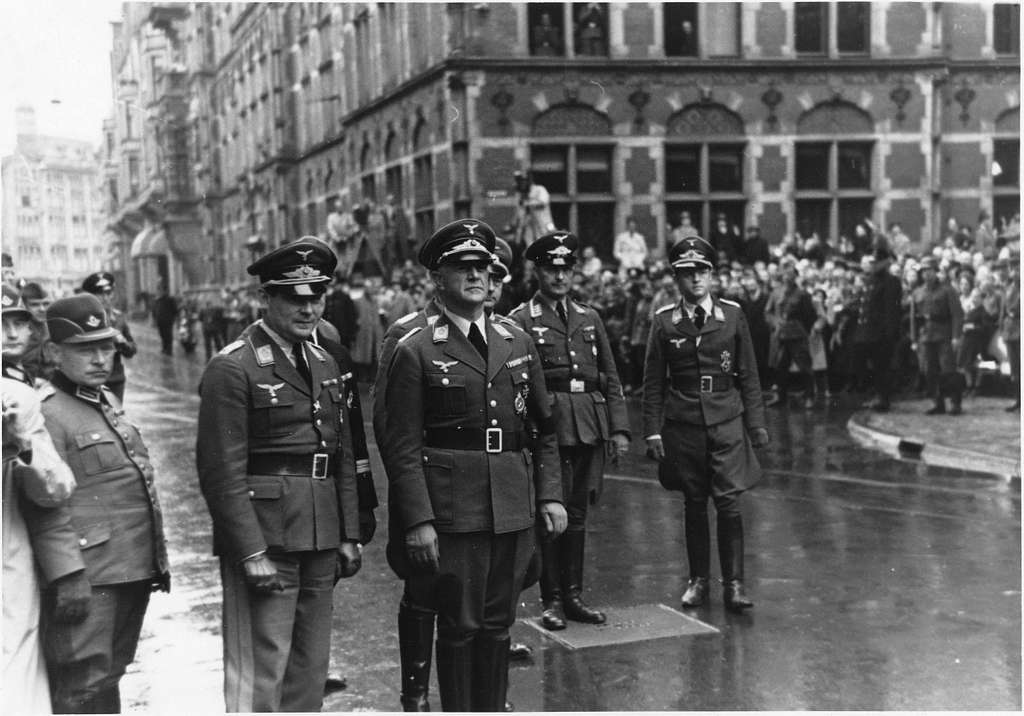
Air General Friedrich Christiansen (third from the left) arrives in The Hague at the Lange Poten street near the Plein square accompanied by a number of high ranking German officers. On the background spectators and photographers. Adolf Hitler appointed General Christiansen as Supreme Commander of the Nazi-German Armed Forces in the Netherlands. He remained at this post for the entire duration of the Second World War. Images from Fotodienst der NSB
In 1933, Nazis burn about 25,000 books




